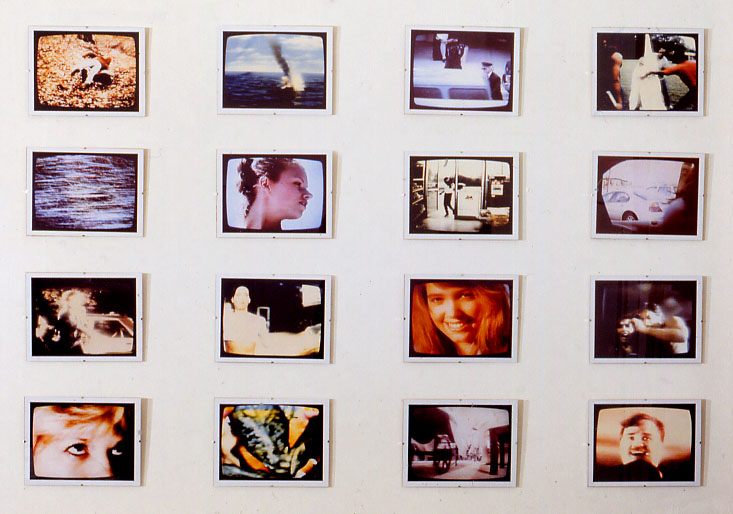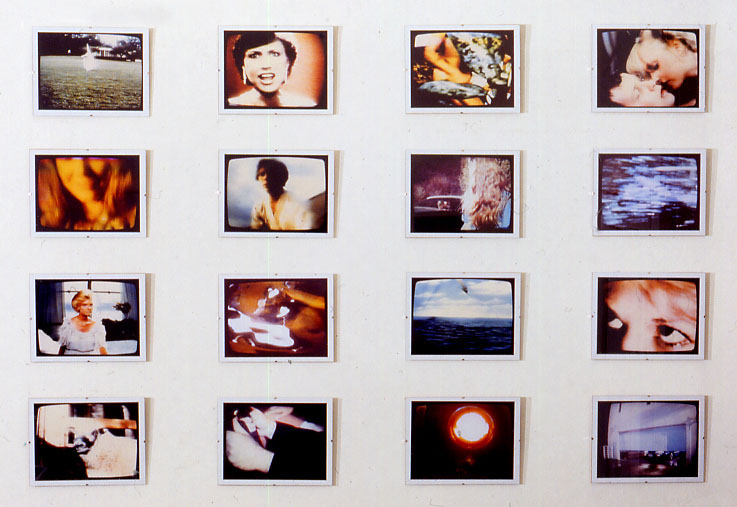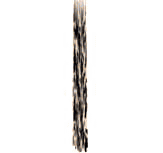View current page
...more recent posts
"More Marching Morons" [mp3 removed]
"Back-Catalog"
My animation log (updated in clumps).
My (mostly) music blog (as in, my tunes--up to about 170 now, including collaborations and alternate versions).


Wikipedia on Concrete TV:
Concrete TV is a public access show in New York City aired on Channel 67, combining violence, sex, pornography, new video, old video in a video collage artform set to music. This half hour program is produced by Ron Rocheleau, known as "Concrete Ron." It is shown Friday nights at 1:30 AM. Episodes are heavily thematically based in 1980s video, hearkening back to the early MTV days, in a mash-up art style.yatta:
Looks like Fleshbot and BoingBoing have found Ron Rocheleau's Concrete TV, perhaps my most favorite show on MNN ever. Created on two VCRs with worn out "Record" and "Pause" buttons, it was The Cut-Up Method of Brion Gysin channeled through video (I think he's moved on to digital tools since I last saw him.) It was collage that could make Nam June Paik quiver. It was montage that could make Eisenstein cry. It mixed good porn, bad movies and even badder music videos in a way that made pre-ritalin MTV look like the work of hacks. Concrete TV was mashup before most of those folks were out of grade school.Concrete TV website (Episode 9 up now in Quicktime)
Episode 8, part 1: [YouTube]
A gem from Manhattan Public Access Cable. The "fast montage of clips" is a staple of art world video (for some reason everyone who does it, and there are hundreds, thinks no one has ever "deconstructed" TV before) but Rocheleau, whose only brush with the art world that I'm aware of was a video window at Cristinerose's West Broadway gallery, is consistently the hardest, fastest, meanest, skankiest, and most relentless of the lot. He's been at this for a decade and a half. He has great comic timing and between bits fills the screen with endless-seeming montages of car crashes, exploding heads, and booty-shaking strippers. All set to a constantly pounding score of rock, hiphop and techno. It really is the ugly essence of American pop culture. An opinion: one reason it would never fly in the galleries is, it's too blue collar and "male." Too honest about about what the state of the culture is really like, in other words. Also, in fairness, it's probably best encountered channel surfing in the dead of night, not on a monitor in a gallery.
Cassie - "Me & U" [YouTube]
The "U" in the case of this video is Cassie's image in the mirror, for whom she sings, mugs winsomely, strips off her shirt, and pours POWERAde on herself in this immortal tribute to narcissism.
I post it as a basis for comparison to Brains' grime-y remix of the same tune (which you can hear on his MySpace page). He slows down the tempo to near-Romilar level and adds drum and bass burbles, videogame stings and a general all purpose bending of time and space. I envy his production skills and the full, liquid sound he gets--blowing out the car speakers bass notwithstanding. The hyperactive annotations to the Cassie lyrics are by London's m.c. Scorcher. Check it out.
More Brains here.




L.M. Cow Gif Four Times
Paddy Johnson on New Media: Why It Doesn't Suck (her title). MTAA on What a New Media Person Has to Do To Cross Over to the Gallery System (my title):
There are some new media artists who cross over and make it look easy. Cory Arcangel and Jennifer & Kevin McCoy come to mind. Arcangel succeeds by acting a bit like a ethnographer who travels into hacker culture and exports the bits that make sense to the art world. The McCoys succeed by addressing the older tradition of film and not letting themselves geek-out when addressing the art world.Speaking as someone with a sneakerhold in both worlds, I'd rather spend my remaining dwindling critical energy explaining the sacred mysteries of the gallery universe to Internet users than trying to tell a gallery person why a spaceship flying over an endlessly scrolling videogame landscape with the caption "lol, usenet" is funny. My sense is the former crowd is genuinely curious while the latter is boastful of its own cyber-ignorance. I will, however, take a crack at defending a Net Art 2.0 piece that I happen to really like. As Paddy describes it,
[The] Guthrie Lonergan piece MySpace Intro Playlist, a curatorial project that consists of 20 [actual, found] MySpace intro videos, inspires the same questions video art has posed to the viewer for years, “Why am I watching this?” To be honest, even as someone who uses these tools on a regular basis, I still have problems figuring out what to do with this piece. It is a cabinet of curiosities I feel I'd rather see on blogger Jason Kottke’s remaindered links, than to have it exist on the more aggrandized Rhizome Timeshares page.I'd say it's the essence of traditional video art, which deals with themes of construction of identity, guerilla theatre, acting out, and "problematizing" the medium (i.e., using it so badly it becomes self-conscious)--except there is no auteur operating the camera and doing bogus sociology. Nevertheless, as a viewer of this "artist as curator" work, as I said in an earlier post, "I feel a bit like James Stewart in Rear Window watching these normal people doing their awkward and occasionally very funny home movie bits to introduce themselves to a million total strangers. It's completely public domain but feels invasive somehow." That's the artist making me uncomfortable.
Update: In fairness to Paddy, I first encountered that piece on Lonergan's page with a link to YouTube. Some art works best "underground"--as in, you found it yourself or through a small network--and doesn't always survive an institutionally enlarged context. Cory Arcangel's Whitney Artport page is one of the few instances I can think of where an artist's anarchic sensibility completely trumped the "normalizing" effect of a museum web page.
